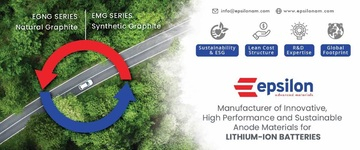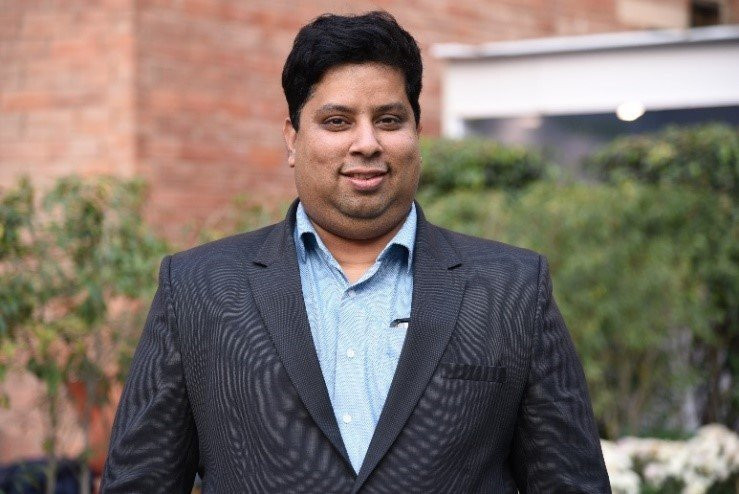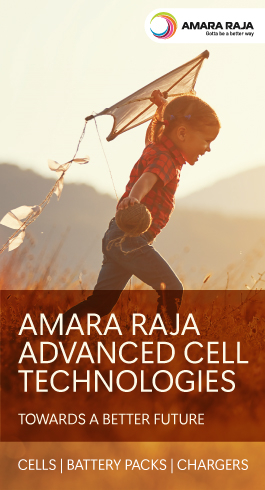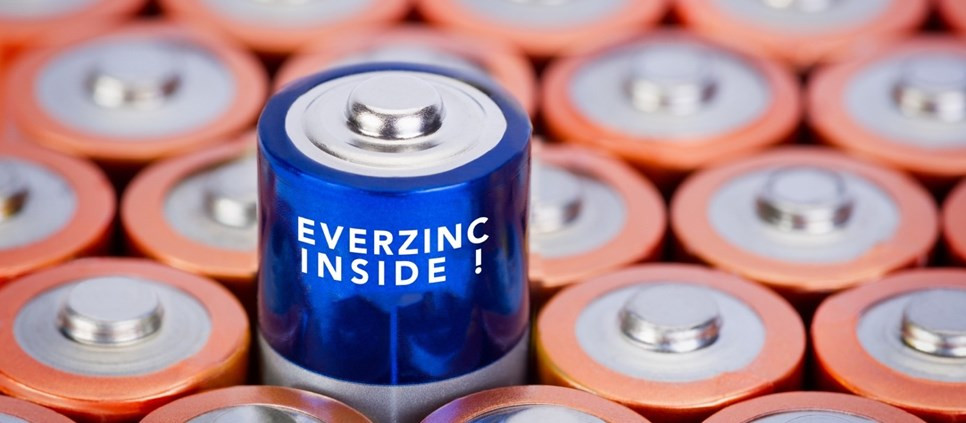2021: Indian energy storage industry’s big leap forward
When we look back at 2021, it will be remembered as a year of many industry-advancing announcements, and a year where India Energy Storage Alliances' (IESA), long-standing efforts to transform India into a global manufacturing hub for advanced energy storage technologies took a big leap forward.
Continuing its commitment to the goal of making India self-reliant in the 'champion' sectors, the Union Cabinet in May approved the Production Linked Incentive (PLI) scheme for the Advanced Chemistry Cell (ACC) Battery Storage with an outlay of ₹18,100 crores to achieve a battery manufacturing capacity of 50GWh and 5GWh of niche ACC.IESA is anticipating bids of over 100 GWh to get submitted in response to the RFP from DHI by 15th January 2022. IESA has now started focusing on building a complete supply chain for the Giga factories with the launch of the India Battery Supply Chain Council in December.
In another landmark announcement, the government revised the FAME II scheme in June, offering 50 percent more incentive at ₹15,000 per kWh on electric bikes and scooters in India. While electric two-wheelers (e-2W) account for a major part of electric vehicle sales, growth is not limited to the e-2Ws segment alone. Going by the numbers, the total registered EV sales stood at about 42,067 units for November 2021 compared with 12,858 units in November 2020. The year also witnessed Tata Motor's Nexon EV breaking many records for e-4W in India and reaffirming customer interest.IESA estimates a lot more EVs will take off next year, including electric cars. The growing Y-o-Y electric car sales go to prove that consumers are not only looking at cost but are ready for EVs that demonstrate good performance and driving range.
IESA believes the year ahead will witness even stronger adoption of storage and EVs with breakthroughs in innovations.
Throughout the year, the Ministry of Power (MoP), Ministry of New and Renewable Energy (MNRE), and the Central Electricity Regulatory Commission (CERC) have set out regulations to develop hybrid renewable energy and storage projects, alongside taking measures to address regulatory barriers to the industry.
In April, CERC appointed IESA to be a part of the Central Advisory Committee to advise on major questions of policy, matters relating to quality, continuity, and extent of service provided by licensees, protection of consumer interest, and overall standards of performance by utilities.In September, MoP released Draft Electricity Amendment Rules, 2021, and set out a mandate to replace DGs with clean energy sources like RE+storage -- a very big move towards gradual replacements of DGs by adding more storage capacity.
In October, the Power Ministry invited suggestions for the formulation of a comprehensive policy on energy storage. The policy will broadly focus on Regulatory, Financial & Taxation, Demand Management, and Technological aspects to speed up the implementation of storage capacity in the coming years.
An enabling policy environment and optimistic market dynamics have given rise to several homegrown champions in the e-mobility space. For instance, leading e-2W players such as Ather Energy, Ola Electric, and Hero Electric have indicated strong sales and announced plans of expansion. Exicom has achieved the milestone of crossing over 1.75 GWh of li-ion battery installations in India for various behind-the-meter applications. IESA believes the year ahead will witness even stronger adoption of storage and EVs with breakthroughs in innovations.






















